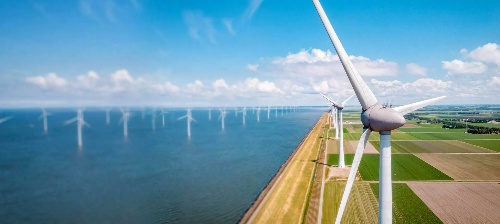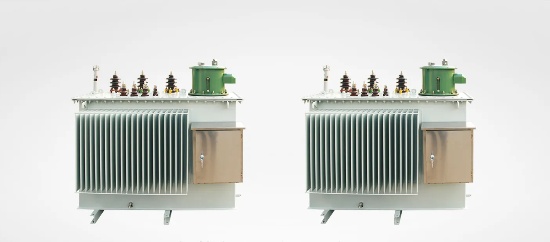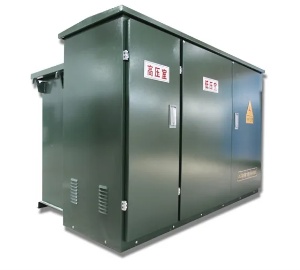Electronic Components Supplier | Transformers, Inductors, Inverters
Introduction
The global energy landscape is undergoing a radical transformation, with smart energy management emerging as the critical enabler of efficiency and sustainability. As renewable energy adoption accelerates and electricity demands grow more complex, intelligent energy optimization systems are becoming indispensable for homes, businesses, and utilities. This article explores cutting-edge smart energy solutions, their benefits, and how they’re shaping the future of power consumption.
What Is Smart Energy Management?
Smart energy management (SEM) refers to the use of digital technologies—such as IoT, AI, and cloud computing—to monitor, control, and optimize energy usage in real time. Unlike traditional systems, SEM provides:
✔ Automated energy adjustments based on demand and pricing
✔ Predictive analytics to forecast consumption patterns
✔ Seamless integration with renewable energy and storage
By leveraging data-driven insights, SEM minimizes waste, reduces costs, and enhances grid reliability.

Key Technologies Powering Smart Energy Management
1. Artificial Intelligence (AI) & Machine Learning
AI analyzes massive datasets to optimize energy distribution, predict peak demand, and automate load balancing. Companies like Google and Siemens use AI-driven energy management systems to cut costs by up to 30%.
2. Internet of Things (IoT) Sensors
Smart meters and IoT-enabled devices provide real-time energy tracking, allowing users to identify inefficiencies instantly.
3. Blockchain for Energy Trading
Peer-to-peer (P2P) energy trading platforms enable consumers to buy/sell excess renewable power securely via blockchain.
4. Cloud-Based Energy Analytics
Cloud platforms aggregate energy data across multiple sites, offering centralized control and actionable insights.
Top 5 Benefits of Smart Energy Management
✅ Lower Energy Bills – AI-driven optimization reduces consumption during peak pricing.
✅ Enhanced Grid Stability – Prevents blackouts by balancing supply and demand.
✅ Higher Renewable Energy Utilization – Maximizes solar/wind power usage.
✅ Reduced Carbon Emissions – Cuts fossil fuel dependency through efficiency.
✅ Predictive Maintenance – Detects equipment failures before they cause downtime.
Real-World Applications of Smart Energy Management
🏠 Residential: Smart Homes & Energy Savings
Smart thermostats (e.g., Nest, Ecobee) and home energy management systems (HEMS) adjust HVAC and lighting based on occupancy and weather, saving homeowners 10-20% on bills.
🏢 Commercial & Industrial: Peak Shaving & Demand Response
Factories and offices use SEM to avoid peak demand charges, with some facilities saving $100,000+ annually.
⚡ Utilities: Smart Grids & Virtual Power Plants (VPPs)
Utilities deploy smart grid technology to integrate distributed energy resources (DERs) and create VPPs that aggregate rooftop solar + storage for grid support.
🚗 Electric Vehicles: Smart Charging Networks
AI-managed EV charging stations optimize power use, preventing grid overload and reducing charging costs.
The Future of Smart Energy Management (2024 & Beyond)
🔹 AI-Optimized Microgrids – Self-healing grids that automatically reroute power during outages.
🔹 5G-Enabled Energy Networks – Ultra-fast connectivity for real-time SEM in smart cities.
🔹 Autonomous Energy Trading – AI bots trading electricity in decentralized markets.
🔹 Expansion of VPPs – More homes/businesses will participate in grid-balancing programs.
Challenges to Overcome
⚠ High Initial Costs – Advanced SEM systems require investment in sensors and software.
⚠ Cybersecurity Risks – IoT-connected energy systems are vulnerable to hacking.
⚠ Regulatory Hurdles – Policies must evolve to support dynamic energy markets.
Despite these challenges, the global smart energy management market is projected to reach $125 billion by 2030 (CAGR 14.5%).

Conclusion: Why SEM Is the Future
Smart energy management is no longer optional—it’s a necessity for a sustainable, cost-efficient energy future. From AI-powered home energy systems to utility-scale smart grids, SEM is revolutionizing how we produce, distribute, and consume electricity.
Businesses and homeowners who adopt SEM today will gain a competitive edge through:
✔ Lower operational costs
✔ Improved energy resilience
✔ A smaller carbon footprint
The age of intelligent energy is here—are you ready?







